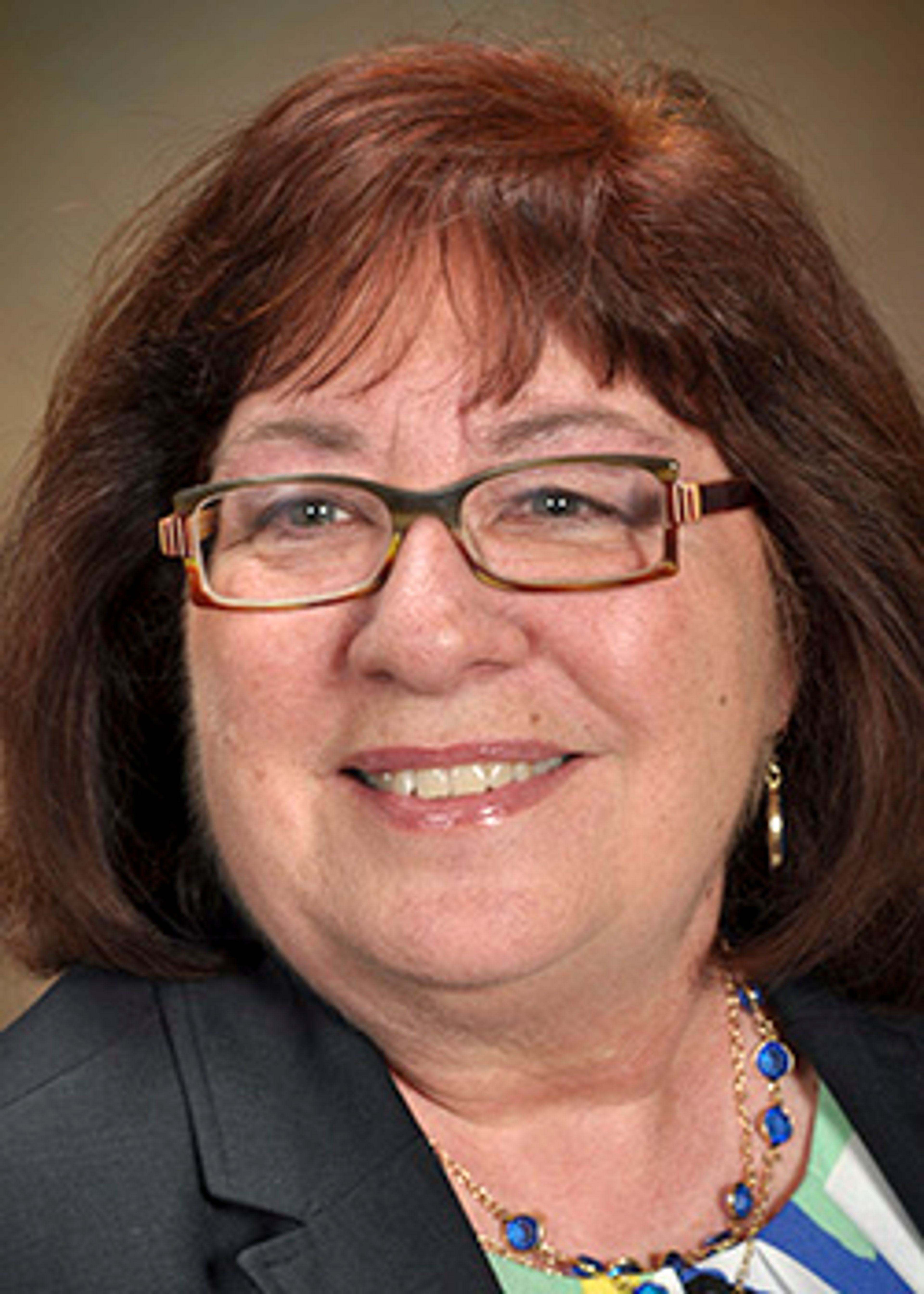It would be lovely if racism didn’t exist in Idaho, as claimed by state Sen. Dan Foreman, R-Viola, last month.
However, Idahoans of color say they are frequently the targets of both intentional and unintentional racism. Statistics also paint a very different picture from Foreman’s comments.
The U.S. Census Bureau reports Idaho is 80.7% white, followed by 13.5% Hispanic. Other races listed in the state are 2.2% multiracial, 1.5% Asian, 1% American Indian/Alaska Native, 0.8% Black and 0.2% Native Hawaiian/Pacific Islander.
Hate crimes statistics in 2022 from the U.S. Justice Department show 70% of the hate crimes reported in Idaho that year were against a person’s race, ethnicity or ancestry. Coming in second were crimes against a person’s religion.
While the actual numbers may seem small — 28 cases in 2022 and 29 in 2021 — these are the reported cases. It is unknown exactly how many cases of racism are occurring because they are not reported to law enforcement. Often, people do not report the event out of fear of reprisal or believing no one will do anything.
Some people may think racism only applies African Americans, a very tiny population here. Reality is: Racism applies to any nonwhite group of people.
When I came to Idaho in 2006, several of my family members said they did not want me to move, that Idaho was “too scary” for a person of color. While I can “pass” as white, a close look shows I do have Indigenous characteristics, possibly leaving me open to racist attacks. People here told me to avoid certain places in the state.
Racism is real, not just in actions such as a physical attack, but also in language. Yes, using the “n” word toward an African American or the “s” word at an Indigenous person are obvious, there are less obvious words as well.
Offensive words and phrases include “uppity,” “No way, Jose,” “Indian giver,” “peanut gallery,” “cake walk,” “long time, no see,” and “moron.” There are many more, all of which originated in a racist ideology.
Also insulting to Indigenous people is when someone argues they are a “Native American” because they were born here. Since 1975, “Native American” has been the term for Indigenous people of the U.S. to help distinguish them from the Asians of India.
Unknown to many is that racism comes in two forms. All racism is rooted in white supremacy ideology, which obviously seeks to maintain superiority over nonwhite groups. Overt racism works by using open action (legislation, physical threats). Covert racism is more subtle, it usually works by claiming “plausible deniability” and gaslighting their victims by denying the actions were racist.
In the Nimiipuu (Nez Perce) Tribe’s response to Foreman, condemning his “go back to where you came from” statement to a tribal member, the leaders said they refuse to tolerate “this kind of hateful and divisive politics” and asked others to push back against this type of behavior.
Tribal leaders noted Idaho has an amazing diversity of people who deserve respect. They are right to say people should get to know their neighbors to prevent ignorance created by racism.
Between the tribe and the state’s GOP leader, who backed Foreman’s position, the tribe is right: Idahoans need to fight racism and its ensuing hate. The way one can do that is by getting to know people who do not look like the majority and stop using racist words and phrases.
Scary as it sounds, this means seriously seeking out people with the intent to honestly open a dialogue for greater understanding.
While the current state senator may call this column “liberal bull----,” reality is Idaho has a reputation as a racist state, primarily stemming from things like the Klu Klux Klan’s Boise rallies in the early 20th century and the white supremist compound outside Coeur d’Alene in 2000, along with the previously mentioned statistics.
If state leaders really want Idaho to be great, eliminating that racist image by bringing people of different backgrounds together, encouraging change would be a good place to start.
Tallent was a journalism faculty member at the University of Idaho for 13 years before her retirement in 2019. She is of Cherokee descent and is a member of both the Indigenous Journalists Association and the Society of Professional Journalists. She also writes for Faith and Values News (spokanefavs.com).








